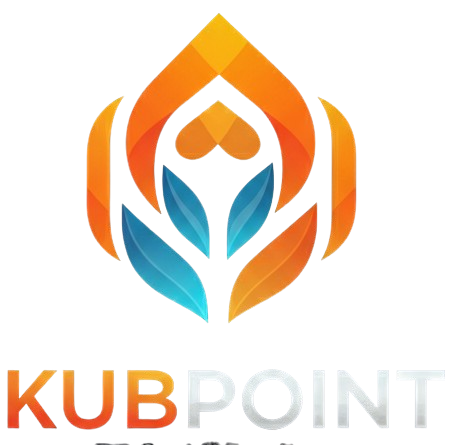Python 3.14 came out this week and has many new features and improvements. For the full details behind the release, the documentation is the best source. However, you will find a quick overview of the major changes here. As with most Python releases, backwards compatibility is rarely broken. However, there has been a push to clean up the standard library, so be sure to check out what was removed and what has been deprecated. In general, most of the items in these lists are things the majority of Python users do not use anyway. But enough with that. Let’s learn…
Author: drweb
Truncating a table can be gloriously fast—and spectacularly dangerous when used carelessly. If you want the speed without the face-palm moments, here’s a practical, interview-ready guide to the real pitfalls of TRUNCATE TABLE in SQL Server and how to avoid them.TL;DRTRUNCATE TABLE is a DDL operation that deallocates pages (efficiently logged) and resets IDENTITY to its seed. It doesn’t fire DELETE triggers. It can be rolled back if executed inside an explicit transaction. It fails if the table is referenced by a foreign key (even if the child is empty), participates in an indexed view, is system-versioned (temporal), is published for…
For decades, enterprises have approached data management with the same mindset as someone stuffing everything into a single attic. The attic was called the data warehouse, and while it technically held everything, it was cluttered, hard to navigate, and often filled with forgotten artifacts that no one dared to touch. Teams would spend weeks searching for the right dataset, only to discover that it was outdated or duplicated three times under slightly different names.This centralization model worked when data volumes were smaller, and business needs were simpler. But in today’s world, where organizations generate massive streams of information across every…
Whichrate Group is an established, successful and expanding technology company, based in Stafford. Our service is within the legal and insurance sector. Our online software solution suite has become the flagship of our expanding company. We have an opportunity to become part of the Whichrate family at a time of expansion for the company.We’re looking for a capable and passionate Full Stack Web Developer to join our growing IT team and play a key role in shaping and evolving our suite of SaaS products. This is a hands-on position for someone who enjoys solving complex problems, improving architecture and contributing meaningfully across…
If you’re just starting your journey into data science, you might think it’s all about Python libraries, Jupyter notebooks, and fancy machine learning algorithms and while those are definitely important, there’s a powerful set of tools that often gets overlooked: the humble command line. I’ve spent over a decade working with Linux systems, and I can tell you that mastering these command-line tools will make your life significantly easier. They’re fast, efficient, and often the quickest way to peek at your data, clean files, or automate repetitive tasks. To make this tutorial practical and hands-on, we’ll use a sample e-commerce…
IBM Granite 4.0 Models Now Available on Docker Hub Developers can now discover and run IBM’s latest open-source Granite 4.0 language models from the Docker Hub model catalog, and start building in minutes with Docker Model Runner. Granite 4.0 pairs strong, enterprise-ready performance with a lightweight footprint, so you can prototype locally and scale confidently. The Granite 4.0 family is designed for speed, flexibility,…
A survey of 600 software engineers and 600 senior technology leaders across the United States, United Kingdom, Germany, and France finds that nearly three quarters of software engineers say demands on their time make it difficult for them to build new features. Conducted by Chainguard, a provider of repositories for accessing secure container images, the […]
IBM Granite 4.0 Models Now Available on Docker Hub Developers can now discover and run IBM’s latest open-source Granite 4.0 language models from the Docker Hub model catalog, and start building in minutes with Docker Model Runner. Granite 4.0 pairs strong, enterprise-ready performance with a lightweight footprint, so you can prototype locally and scale confidently. The Granite 4.0 family is designed for speed, flexibility,…
PagerDuty’s new AI agents — Insights, SRE, Scribe and Shift — aim to automate IT operations, reduce burnout, and transform DevOps workflows at scale.
GNU Make is a development utility that determines which parts of a particular code base need to be recompiled and can issue Linux commands to perform those operations. This build automation tool can be used with any programming language whose compilation can be done from the shell by issuing commands, making it invaluable for C, C++, and many other compiled languages. Makefiles in Linux To use GNU Make, we need a set of rules that define the relationship among different files in our program and commands for updating each file. These are written into a special file called ‘Makefile‘ or…
